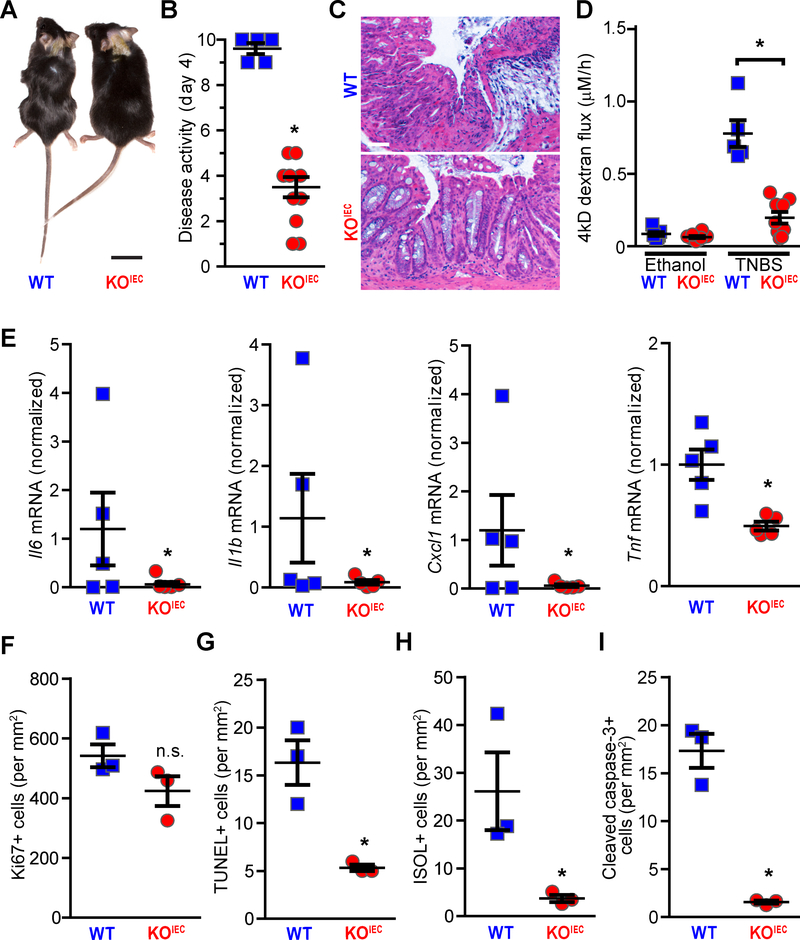Figure 2. Intestinal epithelial-specific occludin KO limits epithelial apoptosis and overall severity of TNBS colitis.
A. TNBS induced wasting and loss of normal fur texture in WT (Oclnf/f) mice. At day 4 after rectal TNBS instillation these features were almost undetectable in occludin KOIEC (Oclnf/f x vil-Cre) mice. Bar = 1cm.
B. TNBS-induced increases in disease activity scores were attenuated in occludin KOIEC mice (Day 4 data, n = 5 WT, 10 KOIEC).
C. Histopathology shows severe damage in TNBS-treated WT, but not occludin KOIEC, mice. Bar = 50μm.
D. TNBS-induced increases in intestinal permeability to 4 kD dextran were markedly attenuated in occludin KOIEC, relative to WT, mice (n ≥ 5 per group).
E. TNBS-induced Il6, Il1b, Cxcll, and Tnf upregulation in WT, but not occludin KOIEC, mice (n = 5 per group).
F. TNBS increased colonic epithelial proliferation similarly in WT and occludin KOIEC mice (n = 3 per group). Representative photomicrographs are shown in Suppl. Fig 3B.
G. TNBS increased numbers of TUNEL-positive cells in WT, but not occludin KOIEC, mice (n = 3 per group). Representative photomicrographs are shown in Suppl. Fig 3B.
H. TNBS increased numbers of ISOL-positive cells in WT, but not occludin KOIEC, mice (n = 3 per group).
I. TNBS increased numbers of cleaved caspase-3-positive cells in WT, but not occludin KOIEC, mice (n = 3 per group). Representative photomicrographs are shown in Suppl. Fig 3B.
Statistical analyses by Student’s f-test or one-way ANOVA with Bonferroni post-test. *, P<0.05; **, P<0.01.

